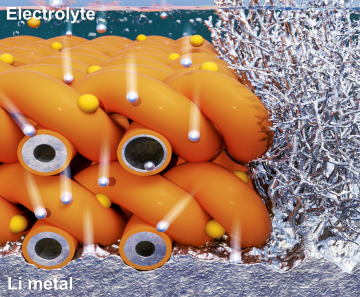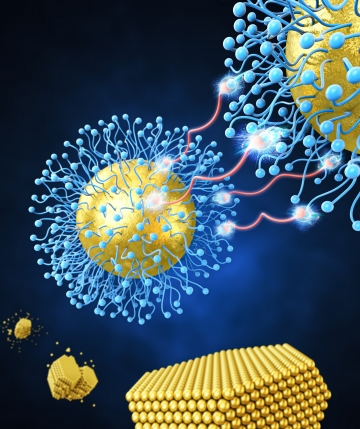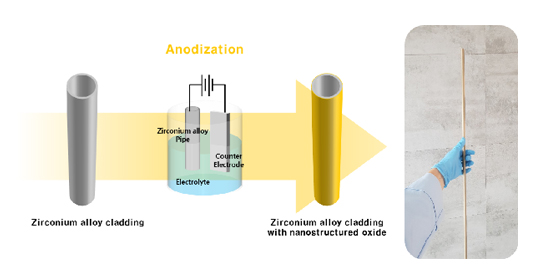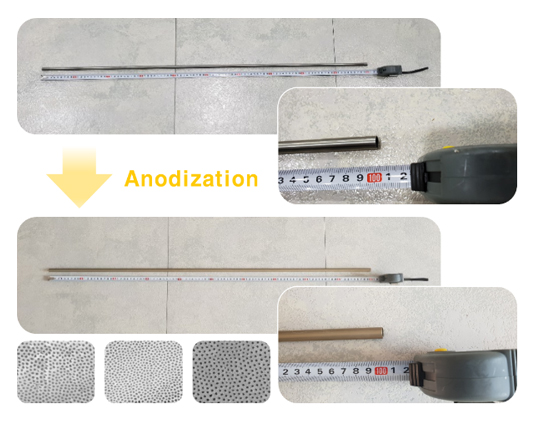KAIST
BREAKTHROUGHS
Research Webzine of the KAIST College of Engineering since 2014
Spring 2025 Vol. 24Developing a zirconium-based accident-tolerant fuel cladding using nanoporous oxide film
Developing a zirconium-based accident-tolerant fuel cladding using nanoporous oxide film
Using nanotechnology, Professor Sung Oh Cho from the Nuclear and Quantum Engineering Department at KAIST successfully developed an accident-tolerant fuel cladding prototype that can drastically improve the safety of nuclear power plants.
Article | Spring 2019
KAIST Nuclear and Quantum Engineering researchers utilized nanotechnology to create a unique nuclear fuel cladding, which had oxide films with nanostructures on its surface. In comparison to conventional cladding, the newly-developed cladding provided greater stability in high-temperature air or water vapor environments of simulated accidents. The researchers described their development in the journal of Corrosion Science.
The Fukushima nuclear plant accident resulted from oxidation of zirconium, the main component of the cladding surrounding the nuclear fuel. Nuclear power plants operate by producing energy from fission of uranium, and in order to prevent the radioactive byproducts from leaking, zirconium alloys are used as a sealant. During an accident where fuels are insufficiently cooled, zirconium reacts with high-temperature steam and becomes oxidized, generating hydrogen. After significant accumulation of hydrogen, an explosion occurs, leading to radioactive materials leaking out and causing serious environmental damage. To mitigate the situation, the currently-used zirconium cladding needs to be replaced with cladding that is anti-corrosive/oxidative. For this purpose, research on the development of accident-tolerant fuel cladding (ATF cladding) has been conducted worldwide. However, the majority of the propositions stemming from the research have been unable to prove their efficacy in high-temperature, high-pressure, and high-radiation environments of nuclear power plants.
Nonetheless, a research team led by Professor Sung Oh Cho from the Nuclear and Quantum Engineering Department at KAIST has developed an ATF cladding with enhanced corrosion resistance by fabricating oxide films with nanoporous structures on the surface of zirconium alloys. It is crucial to use zirconium as its efficacy in the operating environments of nuclear power plants has already been proven. Oxide films with nanoporous structures can be fabricated on metal surfaces by a process called anodization. Anodization increases the thickness of natural oxide layer on the surface of metals by applying the metals as the anode electrode in an electrolytic cell. By adding fluoride to the electrolyte mix, this procedure can be used to produce nanopores with a uniform size in the natural oxide layer of zirconium alloy. The fabricated nanoporous oxide films serve as physical barriers between the zirconium alloy and high-temperature steam, delaying or mitigating the oxidation process.
The researchers have also developed a technique to control the size of the pores and the oxide thickness of the fabricated nanostructures. It was found that the strength of the applied electric field during anodization is closely related to the thickness of the oxide film produced. After undergoing simulated experiments using the commercially-available COMSOL code, the researchers proposed the use of an aligned electrode setup that can apply uniform electric field on the surface of the target metal to fabricate the nanostructured oxide films. Using this, the researchers have now succeeded in developing prototypes of ATF cladding by fabricating 1m-long zirconium alloy tubes with nanostructured oxide films on their surfaces.
The researchers exposed their prototypes to high-temperature air/steam environments to simulate severe nuclear accident conditions. In order to track the rate of oxidation, mass spectrometers were used in real time during the experiment. The results show that zirconium alloys with nanostructured oxide films are much slower to oxidize than zirconium alloys without the films. Slow oxidation of the fuel cladding during an accident allows operators at the nuclear plant to react with sufficient time to assess the situation.
Most Popular

When and why do graph neural networks become powerful?
Read more
Extending the lifespan of next-generation lithium metal batteries with water
Read more
Professor Ki-Uk Kyung’s research team develops soft shape-morphing actuator capable of rapid 3D transformations
Read more
Smart Warnings: LLM-enabled personalized driver assistance
Read more
Development of a nanoparticle supercrystal fabrication method using linker-mediated covalent bonding reactions
Read more

